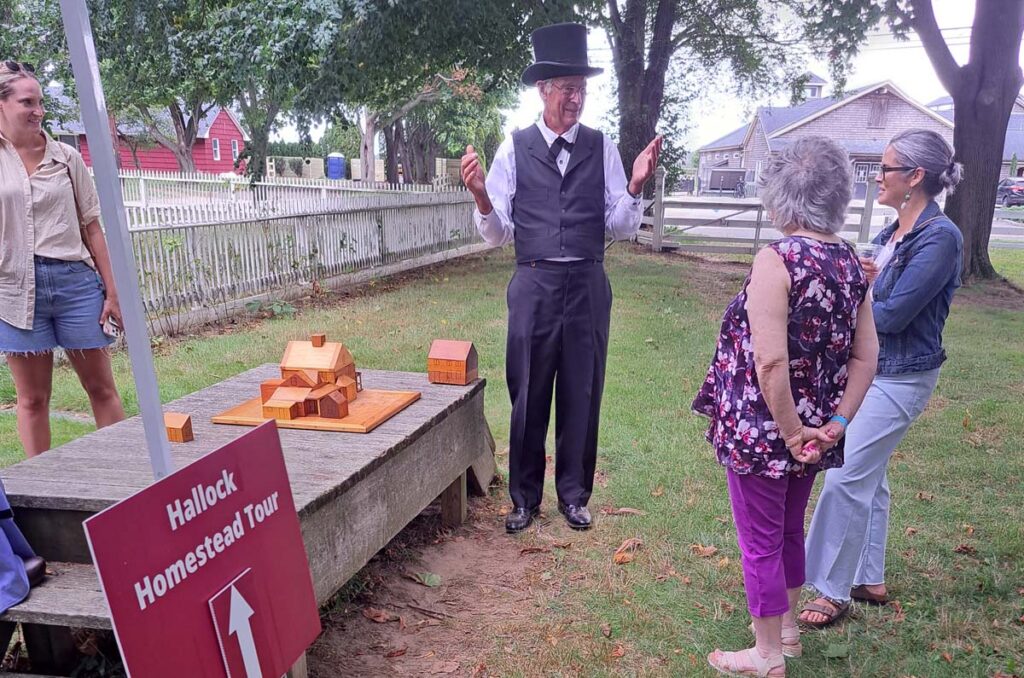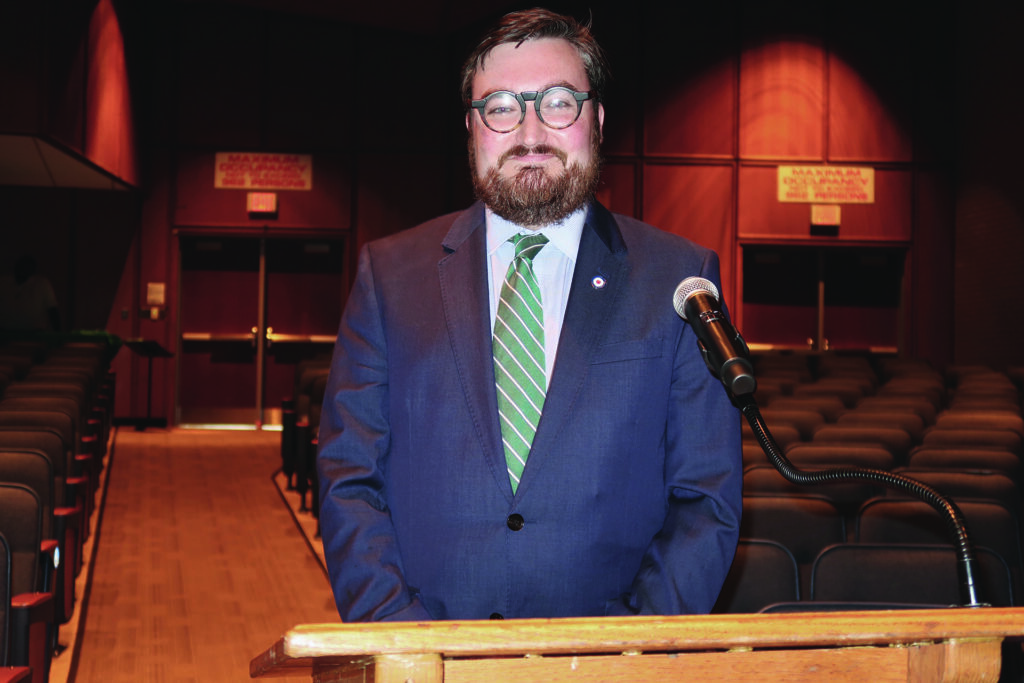Two years later, fentanyl crisis persists, straining area first responders

This month marks two years since six North Fork residents suffered fatal overdoses from cocaine laced with fentanyl over the course of three shocking days. The oldest was 40, the youngest 27. Several suspects in two separate cases are facing charges for supplying the lethal drugs.
Last week, The Suffolk Times spoke to Dr. Lawrence Schiff, Stony Brook Eastern Long Island Hospital’s vice service chief, emergency medicine, about the current state of the fentanyl crisis on the East End, the impact of over-the-counter Narcan and what exactly happens when first responders reach a suspected opioid overdose victim.
Despite a countywide rise in fentanyl-related deaths in recent years, Dr. Schiff said that, anecdotally, opioid overdose deaths have dropped significantly on the North Fork since the summer of 2021.
He also hailed the Food and Drug Administration’s March 2023 approval of an over-the-counter version of Narcan, or naloxone, as a “game changer” in saving lives in the crucial few minutes after a victim stops breathing.
“The thing I’d like to tell the family members and friends [of opioid drug users] is that Narcan works. Narcan has now been approved to be over-the-counter by the FDA, and we do give it out here liberally in the emergency department to patients who suspect that they have a substance abuse problem,” he said, as well as to friends and family members who regularly interact with the users.
“So Narcan is a very, very big drug for [first responders] , potentially, to utilize and reverse the opiate while they’re in the field, even before they get to the hospital. That has definitely been a game changer for both EMS in the field … and the police that actually utilize this when they find patients.”
Dr. Schiff said speed is everything when it comes to saving the lives of overdose victims.
“The brain will start to die if it does not get any oxygen within four minutes. So seconds do count, absolutely. And the sooner they get the patient breathing again is important,” he said. “EMS is very good at [artificial respiration] for somebody — it’s part of their training. And it’s what we do here in the emergency department as well. So we can artificially breathe for somebody, but the Narcan is really what reverses the opiate inside them that gets the patient breathing on their own.”
Dr. Schiff described the process first responders go through in evaluating and treating a suspected overdose.
If a patient isn’t breathing and has “pinpoint pupils,” the doctor said, it’s likely an overdose. The first responder or ER doctor immediately begins asking vital questions: “Where were they found? Do they have a history of drug use and abuse in the past? Are there track marks on their arms or any other part of the body? Were they found with drug paraphernalia around them? Who called it in?”
Dr. Schiff said it’s often friends of the victims who will call 911 or bring a patient in, or parents — and they can often provide key, timely information about what the user took. But in other cases the victims are found alone.
“A lot of times, we cannot tell exactly what they took, if they took something,” he said. “We just have to go by the history and kind of do our best, and treat them based on what we know, and their physical presentation.”
In an email, Southold Town Police Chief Martin Flatley concurred with Dr. Schiff that overdose deaths in the area are down from two years ago, but he said that overdoses themselves are not.
“I agree with the doctor’s assessment — as we have not had as many overdose deaths recently, but that’s not to say that we still don’t respond to individuals overdosing on their drug use on a regular basis. I think the introduction of over-the-counter Narcan kits being made available to the public has helped cut the amount of actual deaths associated with these calls. I can think of a recent overdose call where the victim had been given [three to four] doses of Narcan by a friend before we even arrived at the house, and this is becoming more commonplace.
“It does seem that almost any type of narcotic sold on the street is cut with fentanyl — increasing the odds of an overdose,” he added.
The chief said it can be difficult for officers to see residents they’ve revived from an overdose in the past go back to opioid drug use again and again.
“I think our officers become frustrated that subjects will overdose more than once, even several times, and they use Narcan as their safety net to bring them back,” he said. “To watch this cycle occur, it definitely takes a toll on responding police and medical personnel.”








